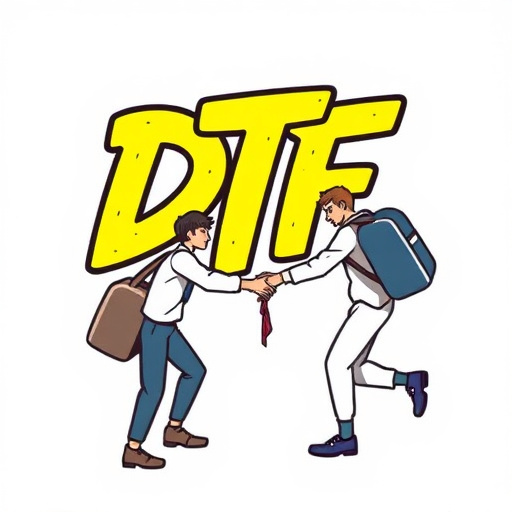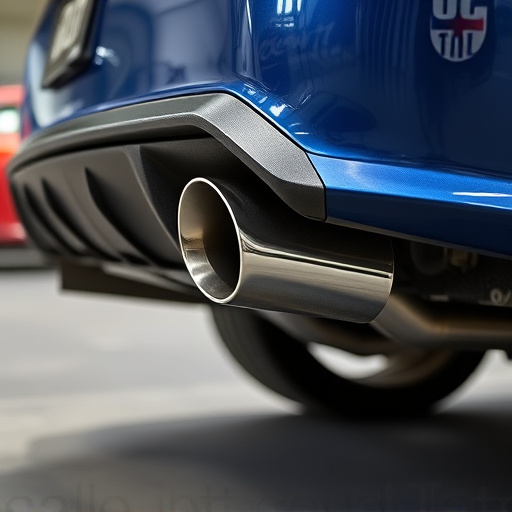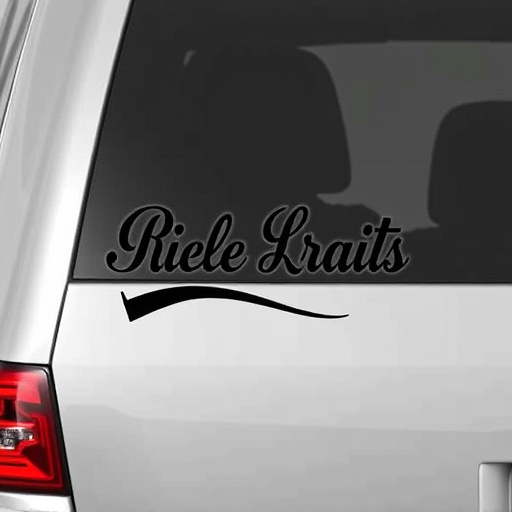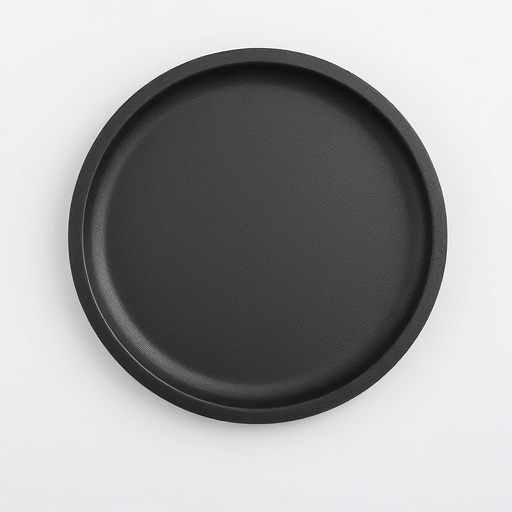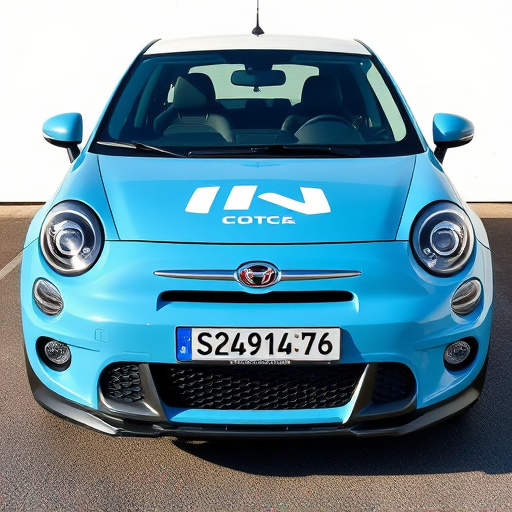Visual communication through icons and graphics is a powerful tool in modern marketing strategies, aiding brand recognition and engagement in a crowded digital landscape. In marketing materials design, these elements capture attention more effectively than text alone, translating complex brand messages into simple, memorable concepts within seconds. For instance, custom vehicle wraps with captivating graphics not only attract but also retain potential customers' interest, differentiating brands in competitive markets. Integrating graphical enhancements like illustrated diagrams and vibrant colors improves comprehension and ensures key marketing messages stick with audiences.
In today’s visual landscape, icons and graphics play a pivotal role in capturing audiences’ attention and enhancing marketing efforts. Effective visual communication can significantly boost message retention and engagement, making it an indispensable tool for marketers. This article explores the power of icons and graphics in designing compelling marketing materials. We delve into strategies for choosing visuals that resonate with specific audiences, while offering practical tips on integrating them seamlessly into layouts. Discover how to create balanced, visually appealing designs that drive results, leveraging the potential of icons and graphics to elevate your marketing materials design across various mediums.
- The Power of Visual Communication in Marketing
- – Understanding the role of icons and graphics in capturing attention
- – How visual elements enhance message retention and engagement
The Power of Visual Communication in Marketing
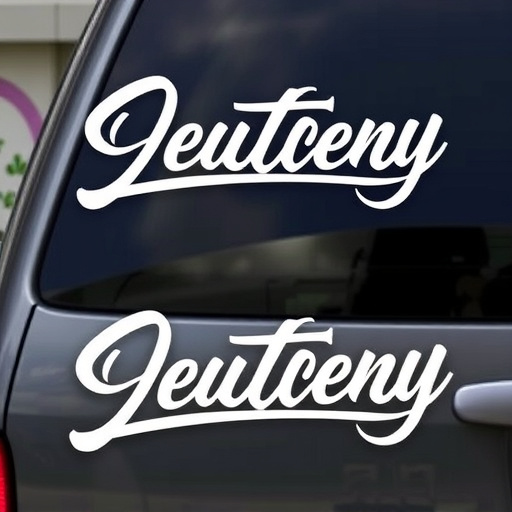
Visual communication is a powerful tool in marketing materials design, as it has the unique ability to capture attention and convey messages more effectively than text alone. Icons and graphics play a pivotal role in modern marketing strategies, allowing businesses to create visually appealing and memorable content. When incorporated into advertising campaigns, these visual elements can instantly enhance brand recognition and engagement.
In today’s fast-paced world, where consumers are constantly bombarded with information, using icons and graphics in marketing materials design can make your brand stand out. Custom vehicle wraps, for instance, utilise vibrant visuals to transform ordinary cars into moving advertisements. This form of mobile advertising leverages the power of visual appeal to capture the attention of potential customers wherever they go, making it a valuable asset for any marketing strategy, especially in the competitive business landscape where unique and eye-catching designs can set you apart from the competition.
– Understanding the role of icons and graphics in capturing attention
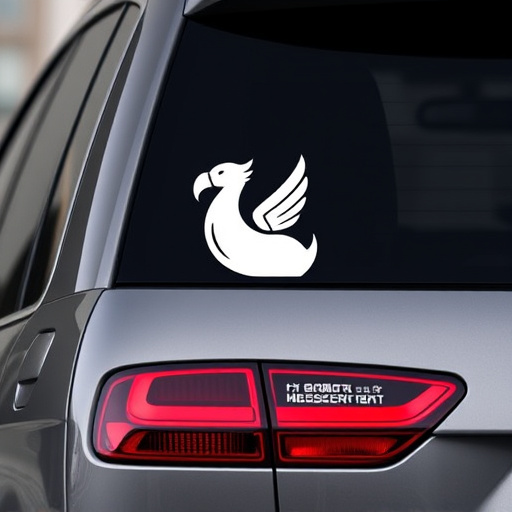
In the realm of marketing materials design, icons and graphics play a pivotal role in capturing and holding attention. These visual elements act as powerful communication tools, enabling brands to convey complex ideas or messages in a simple, digestible manner. A well-designed icon or graphic can instantly evoke emotions, trigger memories, and communicate brand identity—all within a fraction of a second. This is particularly crucial in today’s fast-paced digital era where viewers are constantly bombarded with information.
When incorporated into marketing materials design, icons and graphics serve as visual shortcuts, allowing audiences to quickly understand and engage with the content. For instance, in automotive detailing or protective coatings advertisements, iconic images can instantly convey the benefits of heat rejection technologies or the sleek, protected finish they offer. By leveraging these visual aids effectively, designers can enhance the overall impact of marketing materials, ensuring that key messages resonate and leave a lasting impression on their intended audience.
– How visual elements enhance message retention and engagement
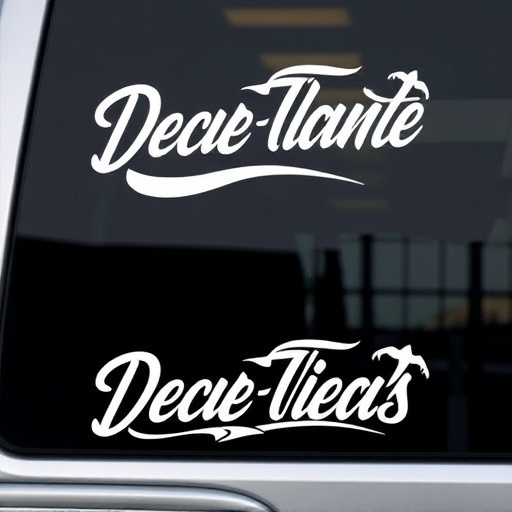
Visual elements, such as icons and graphics, significantly enhance message retention and engagement in marketing materials design. Human brains are wired to process visual information more efficiently than text-only content. Incorporating well-designed icons and images can make complex ideas simpler and more memorable. For instance, a custom vehicle wrap with eye-catching graphics not only turns heads but also leaves a lasting impression, making it easier for potential customers to recall your brand later.
In the context of marketing materials design, these visual components act as protective coatings, safeguarding critical messages from being overlooked. Whether it’s showcasing a product feature through an illustrated diagram or highlighting a promotion using vibrant colors, such graphical enhancements capture attention and foster better comprehension. Furthermore, when effectively integrated into window tinting or other promotional campaigns, icons and graphics can differentiate your brand in a crowded market, ensuring that your marketing materials stand out and resonate with your audience.
Icons and graphics are indispensable tools in modern marketing materials design. By leveraging visual communication, marketers can significantly boost their campaigns’ impact. These elements not only capture attention but also enhance message retention and engagement, making them essential components for creating effective marketing collateral. Incorporating icons and graphics strategically into your design process can elevate your brand’s messaging and ensure a memorable experience for your audience.



